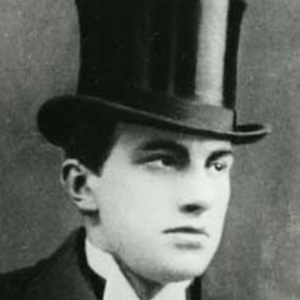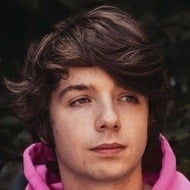About
Bolshevik poet, playwright, artist, and activist whose works were an integral part of the Russian avant-garde artists' movement of the early 20th century. A great admirer of the leader Vladimir Lenin and his political policies; however, his relationship with the Soviet state would always be tumultuous, leading to the speculation surrounding his death -- an apparent suicide by pistol at the age of 36. He left a note and a poem for his family, and was shot in the head having always battled with depression. However, the suicide note was later dated to have been written at least 2 days prior to his execution style death, with neighbors reporting hearing multiple shots: leading some to believe he was murdered by the state.
Before Fame
He began as a Russian Futurist authoring the movement's manifesto titled A Slap in the Face of Public Taste. He attended both the Stroganov Moscow State School of Art and Industry, as well as the Moscow School of Painting, Sculpture, and Architecture.
Trivia
Following his death, the Association of Proletarian Writers' did everything it could to blacklist the name and works of the poet and communist activist, due to his connection with dictator Joseph Stalin to whom Lilya Brik would plead in a 1935 letter for assistance in correcting this erasure of her former lover's accomplishments. Stalin was a great admirer of his works and fulfilled her wish, establishing Mayakovsky's name as a Soviet classic artist to be remembered by history.
Family Life
He had many lovers and children in his life, having a predilection for married female socialites that refused to leave their husbands. First was his lifelong muse, who continued to collaborate with him even after the end of their affair, that produced a son. In New York he met Elli Jones, a Russian émigré. She gave birth to a daughter soon after he returned to Russian. At the time of his death, his suicide was rumored to be fueled by a fight with his last partner Veronika Polonskaya as she continued to refuse a divorce from her husband.
Associated With
His funeral was one of the most prominent in Russian history. More than 150,000 people attended. This number would only be surpassed by the funerals of Vladimir Lenin and Joseph Stalin.












